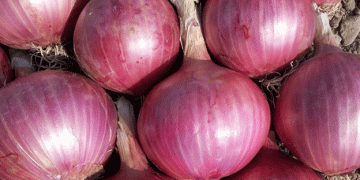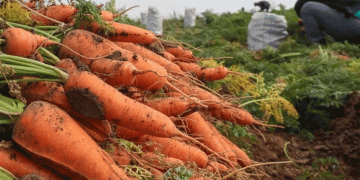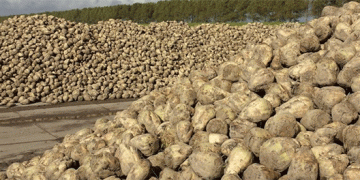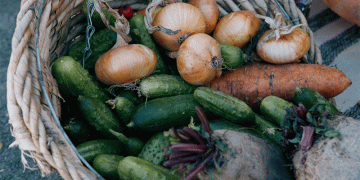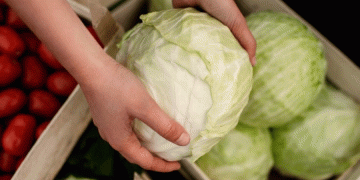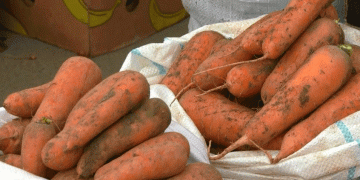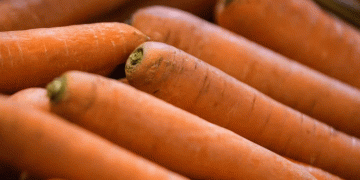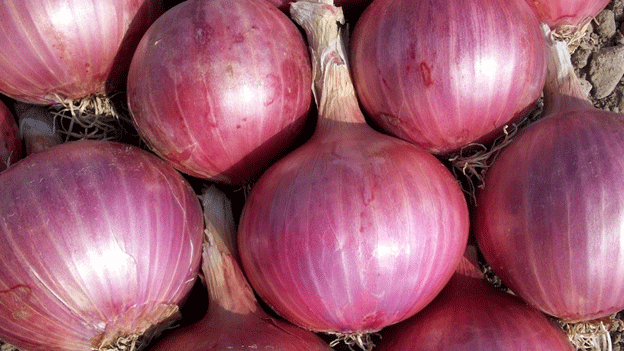The price of onions in India’s mandi markets has experienced a dramatic drop, falling by 50% in just a week. On Sunday, the average price of onions at Lasalgaon, Maharashtra—one of the country’s largest wholesale hubs—dropped to Rs 2000 per quintal, down from Rs 4000 per quintal just a month ago. This sharp decline is attributed to the arrival of the new kharif crop, which is high in moisture content and cannot be stored for long periods.
Market Impact of Fresh Kharif Arrivals
The fall in mandi prices is directly linked to the increasing arrival of fresh onions from major producing states like Maharashtra, Madhya Pradesh, and Gujarat. With onions from the kharif harvest flooding the markets, the supply has outpaced demand, pushing prices down. However, the high moisture content of these onions has led to storage difficulties, limiting their shelf life. As a result, prices are expected to continue falling unless action is taken.
Jaydutt Holkar, director of the Agricultural Produce Market Committee (APMC) at Lasalgaon, commented that the current market conditions could worsen unless the government takes steps to boost demand. Holkar and other traders are calling for the removal of the 20% export duty imposed on onions. The duty, which was reduced from 40% to 20% in September 2023, has made onion exports less competitive, thus affecting farmers’ ability to recover losses from low domestic prices.
The Cost of Production vs. Market Prices
The cost of producing onions is estimated to be around Rs 1700–Rs 1800 per quintal, making it unprofitable for farmers when the mandi prices fall below this level. At the current price of Rs 2000 per quintal, farmers are facing financial losses. The situation is particularly dire for those who were relying on the export market to absorb some of the excess supply.
Despite the sharp drop in wholesale prices, retail onion prices remain relatively high. According to the Department of Consumer Affairs, retail onion prices have decreased to Rs 40 per kilogram from Rs 60 per kilogram over the past month, but they are still too high for any immediate intervention on export duties. However, with the arrival of robust kharif crops, retail prices are expected to soften further in the coming weeks, which could ease some of the pressure on consumers.
Government Response and the Call for Action
Maharashtra’s Deputy Chief Minister, Ajit Pawar, has urged Commerce Minister Piyush Goyal to remove the 20% export duty on onions. Pawar argued that doing so would help farmers recover some of their losses due to falling prices, providing them with much-needed relief during a challenging season. This could also help stabilize prices in the export market and reduce the strain on domestic supplies.
Forecast for Onion Production and Future Trends
Despite the recent drop in prices, there is optimism surrounding onion production. The kharif onion crop this year has benefitted from good monsoon rains, leading to a projected 27% increase in planted area compared to the previous year. However, total onion output for the 2023-24 crop year is expected to decrease by 20% compared to last year, due to a reduction in rabi (winter) onion production.
The kharif crop, which accounts for about 20% of the total annual onion production, has seen a significant boost, with an estimated output of 24.21 million tonnes for the 2023-24 year. However, the reduction in rabi output could impact overall supply and prices.
The recent drop in onion prices presents a challenging situation for farmers, who are grappling with financial losses due to poor market conditions and rising production costs. While the arrival of fresh kharif crops has led to an abundance of supply, it has also created a glut in the market, pushing prices down. Farmers and traders are calling for the removal of the export duty to stimulate demand and stabilize prices. As the situation evolves, the government’s decision on export duties and future market interventions will play a crucial role in the recovery of the onion sector.
